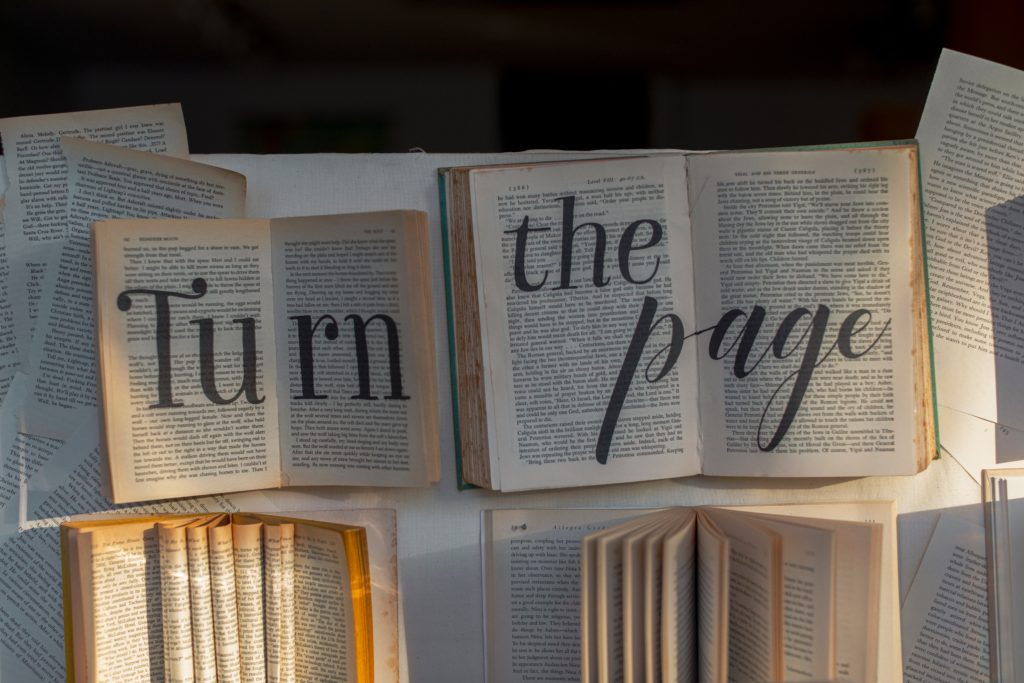
Happy New Year! I didn’t do my usual year-end recap yesterday, so I am sharing my 2020 reading year today instead. I read more books than I anticipated being able to, and though I was impacted by the pandemic, I was still able to read some. Here is a link to my Goodreads Year in Review. Some interesting statistics from the review:
- I read 54 books.
- I read 12,401 pages.
- That’s an average of 233 pages per book.
- My monthly page average was 1,033, or about 34 pages a day.
- My shortest book was the children’s picture book The Many Colors of Harpreet Singh by Supriya Kelkar, which I read as part of a project for graduate school. It’s 28 pages long.
- The longest book I read was a re-read of Wolf Hall by Hilary Mantel, which I actually listened to via audiobook. The print version is 604 pages.
- The most popular book I read this year was Never Let Me Go, which 974,851 other Goodreads users read. I re-read that book in anticipation of teaching it for the first time this year. My least popular book was Passable in Pink (another audiobook), which only 114 Goodreads users read.
Once again, my progress with reading challenges themselves was actually mixed. Yet again, I didn’t finish the Monthly Motif Challenge, but I did manage to surpass my goal for the Historical Fiction Challenge. One big struggle for me was blogging about what I read. After the pandemic hit, my reflections about my reading on this blog dropped off quite a bit. I am going to try to do better about blogging about my reading this year.
The 54 books I read in 2020 break down as follows:
- 29 books of fiction
- 18 books of nonfiction
- 4 books of poetry or verse
- No dramas
- 15 audiobooks
- 12 re-reads
- 1 graphic novel/comic book
- 14 children’s books
- 3 YA/middle-grade books
My favorites from selected categories with linked reviews if available or Amazon links if not—as I mentioned I wasn’t as good about reviewing my books this year (note: I’m not counting re-reads, only new-to-me books).
Fiction
Review of Daisy Jones & The Six.
Nonfiction
Poetry
My least favorite book was John Harwood’s The Asylum. I didn’t review it here, but my review on Goodreads was
This one didn’t do it for me. I liked The Ghost Writer. If it was meant to be a parody of melodramatic Victorian fiction, then it was successful, but I’m afraid that it is meant to be sincere. It had a straight-up Scooby-Doo ending.
And that’s a wrap on my 2020 reading year.



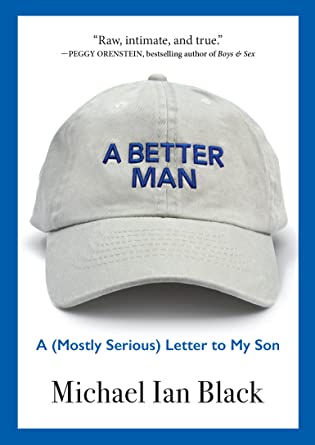 A Better Man: A (Mostly Serious) Letter to My Son by
A Better Man: A (Mostly Serious) Letter to My Son by 


 .
.
 She Lies in Wait by
She Lies in Wait by 
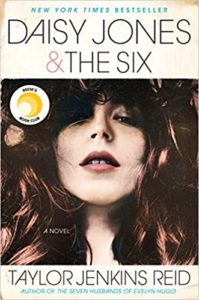 Daisy Jones & The Six by
Daisy Jones & The Six by 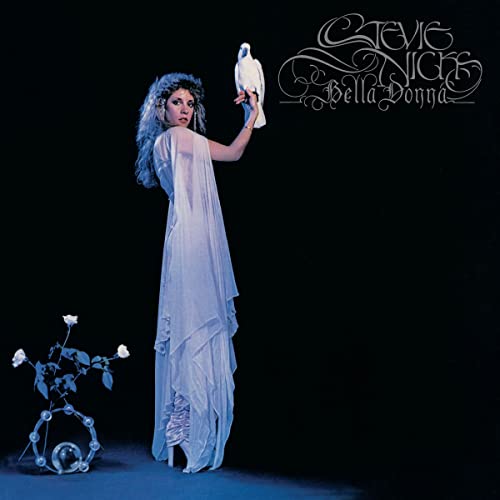
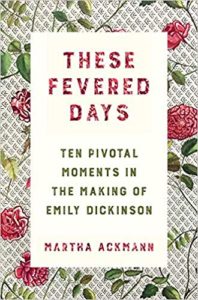 These Fevered Days: Ten Pivotal Moments in the Making of Emily Dickinson by
These Fevered Days: Ten Pivotal Moments in the Making of Emily Dickinson by 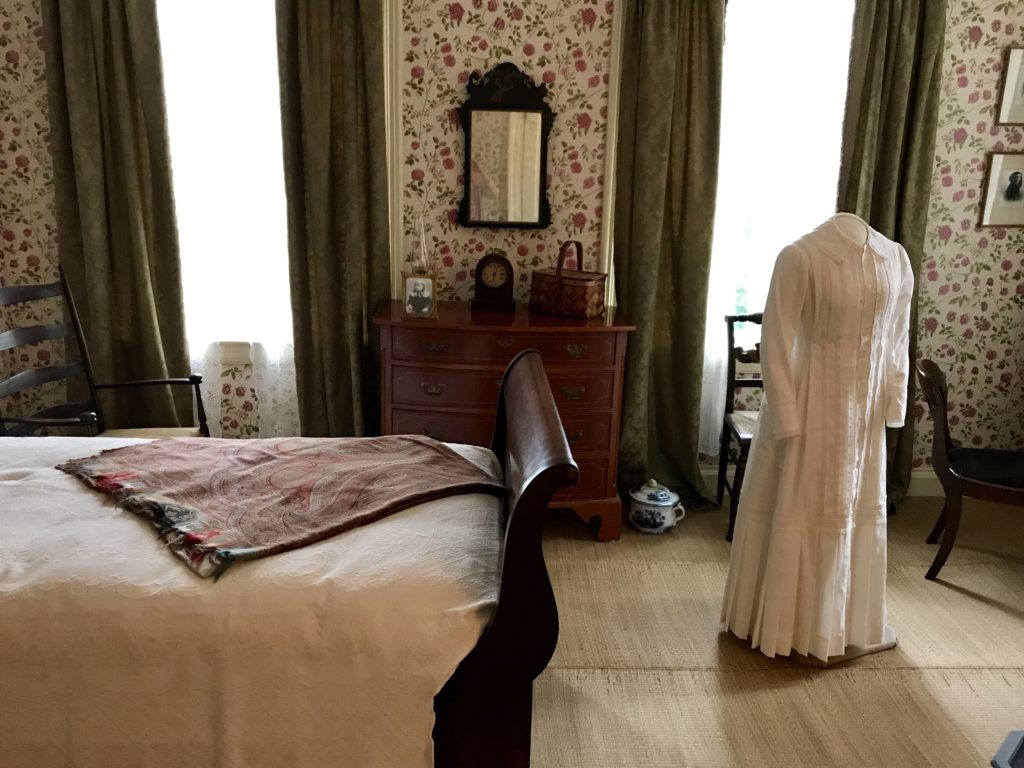
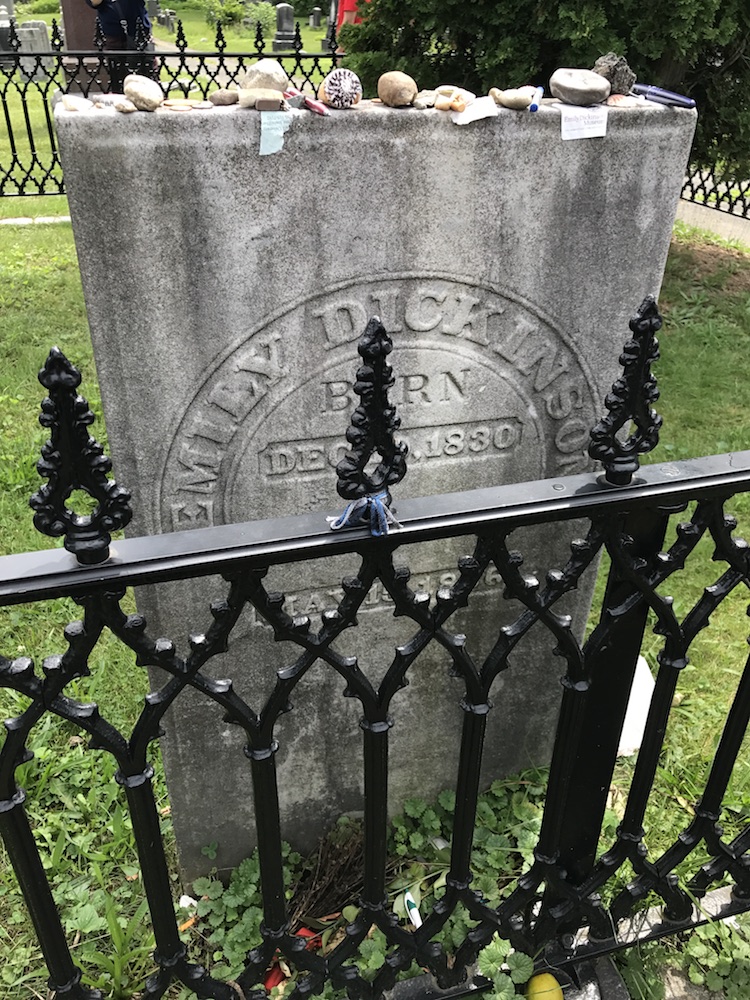
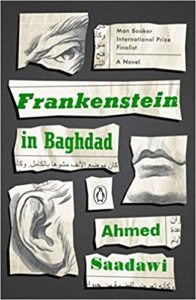 Frankenstein in Baghdad by
Frankenstein in Baghdad by  Say Nothing: A True Story of Murder and Memory in Northern Ireland by
Say Nothing: A True Story of Murder and Memory in Northern Ireland by 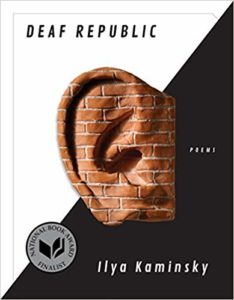 Deaf Republic by
Deaf Republic by 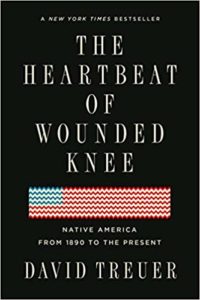 The Heartbeat of Wounded Knee: Native America from 1890 to the Present by
The Heartbeat of Wounded Knee: Native America from 1890 to the Present by